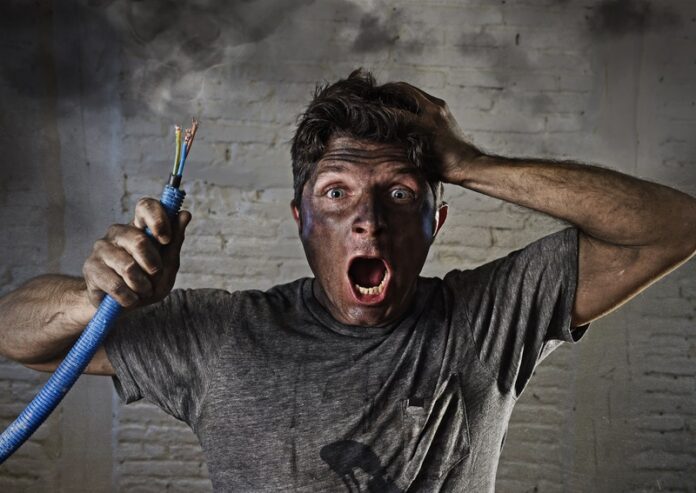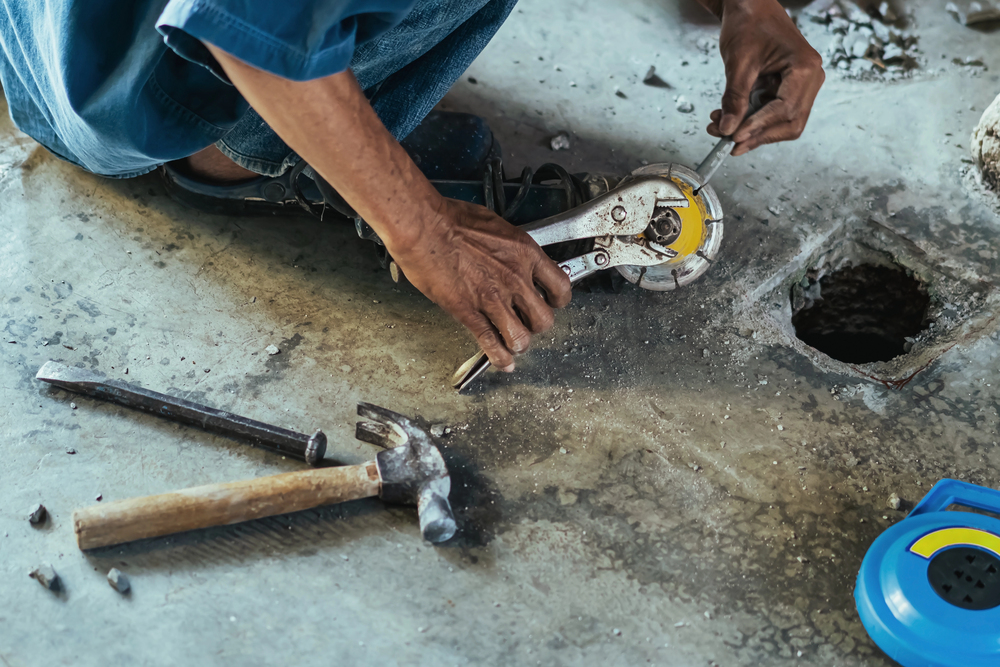
Working from home has become more common, and many professionals have converted a part of their home into a dedicated workspace. While setting up a home office is exciting and can improve work-life balance, it’s easy to overlook one critical aspect: electrical safety. Electrical hazards in a home office can cause severe injury, damage equipment, and even start fires. Fortunately, with some proactive measures, you can ensure that your home office remains a safe, productive space. Here are some practical tips to help prevent electrical hazards in your home office.
Choose the Right Electrical Equipment
One of the first steps to preventing electrical hazards is using high-quality, certified electrical equipment. Cheap, low-quality products may not meet safety standards, increasing the risk of electrical failures or fires. Electrical safety issues can lead to a range of serious injuries, as noted by an experienced injury attorney in Louisville , including as electric shocks, burns, and even electrocution. Here are a few key considerations when selecting equipment for your home office:
- Power strips and surge protectors: Invest in surge protectors with built-in circuit breakers to protect your electronic devices from power surges. Make sure to check that the power strip is UL-certified, meaning it meets safety standards.
- Extension cords: While convenient, extension cords are not meant for long-term use. If your office setup requires more outlets, consider having additional power outlets installed by a qualified electrician instead of relying on extension cords.
- UPS (Uninterruptible Power Supply): For added safety, use a UPS to protect computers and other essential devices during power outages.
Avoid Overloading Circuits
Overloading circuits is one of the most common electrical hazards in any home office. Plugging too many devices into a single outlet can cause the circuit to overheat, leading to electrical fires. To avoid overloading your circuits, follow these simple guidelines:
- Limit the use of multi-outlet adapters: While it might be tempting to use multi-outlet adapters to plug in various devices, it’s important to recognize that not all adapters are designed for heavy loads.
- Know your circuit’s capacity: Determine how much electrical power your home office’s circuit can handle. Most household circuits can support around 15-20 amps, but it’s crucial to know your specific setup.
- Use separate circuits for high-power devices: Devices like printers, space heaters, and computer towers draw more power. Ensure they are plugged into different circuits to prevent overloading.
Organize Cables Safely
Messy cables are not just unsightly; they can also be a significant safety hazard. Tangled or pinched wires can become frayed over time, potentially leading to electrical shocks or fires. Here are a few tips to keep cables organized and safe:
- Use cable organizers: Bundle cords and wires together using cable ties or sleeves to prevent them from becoming tangled. This also helps keep your workspace tidy and reduces tripping hazards.
- Avoid pinching cords: Do not run cables under heavy furniture or rugs, as this can pinch the wires and cause damage. Always allow enough room for cords to breathe and avoid any sharp bends.
- Regularly inspect cables: Check your power cords and cables periodically for signs of wear and tear, such as fraying or exposed wires. Replace damaged cords immediately to reduce the risk of electrical shock.
Maintain a Safe Distance for Electrical Devices
Electrical devices can generate heat, and when they don’t have proper ventilation, the heat buildup can lead to fire hazards. Ensure there is adequate space around electrical devices in your home office for proper air circulation. Here’s how to maintain safe distances:
- Don’t block air vents: Make sure that the air vents on electronic devices like computers, printers, and routers are not blocked by walls, furniture, or other objects.
- Space heaters: If you use a space heater in your home office, ensure it is positioned at least three feet away from anything that can catch fire, such as paper, curtains, or furniture. Never leave a space heater running unattended.
Unplug Devices When Not in Use
Unplugging devices when they’re not in use is an effective way to prevent electrical hazards. Devices that are left plugged in can continue to draw power and are vulnerable to power surges or overheating, even when turned off. Here’s a good rule of thumb:
- Shut down equipment daily: At the end of the workday, make it a habit to unplug non-essential devices such as printers, scanners, or external monitors.
- Use smart plugs: If unplugging every device feels cumbersome, consider using smart plugs. These allow you to remotely turn off devices when they are not in use.
Schedule Regular Electrical Inspections
A professional electrical inspection is a crucial step in maintaining a safe home office environment. Home offices often put added strain on household circuits, and an inspection can help identify potential hazards before they become serious issues. During an inspection, a licensed electrician will:
- Check wiring and outlets: Faulty or outdated wiring is one of the leading causes of electrical fires. An electrician will inspect your home’s wiring and outlets for wear and tear or inadequate capacity.
- Test circuit breakers: An electrician can also test your circuit breakers to ensure they’re functioning properly and can handle your home office’s electrical load.
Stay Educated on Electrical Safety
Finally, staying informed about electrical safety can help you avoid hazards. Familiarize yourself with the warning signs of potential electrical issues, such as:
- Frequent circuit breaker trips: If your circuit breaker trips often, it could indicate that your home office is drawing too much power, and you should consult an electrician.
- Flickering lights: Flickering or dimming lights can be a sign of loose wiring or circuit overload.
- Burning smells: A burning smell near outlets or devices is a serious red flag that requires immediate attention.
A well-designed home office offers comfort and productivity, but electrical safety should never be overlooked. By choosing the right equipment, organizing cables, avoiding overloading circuits, and staying vigilant, you can create a home office that is both functional and safe. Taking the time to inspect your electrical setup and stay informed about best practices will give you peace of mind, knowing that you’ve reduced the risk of electrical hazards in your workspace.
Find a Home-Based Business to Start-Up >>> Hundreds of Business Listings.
















































